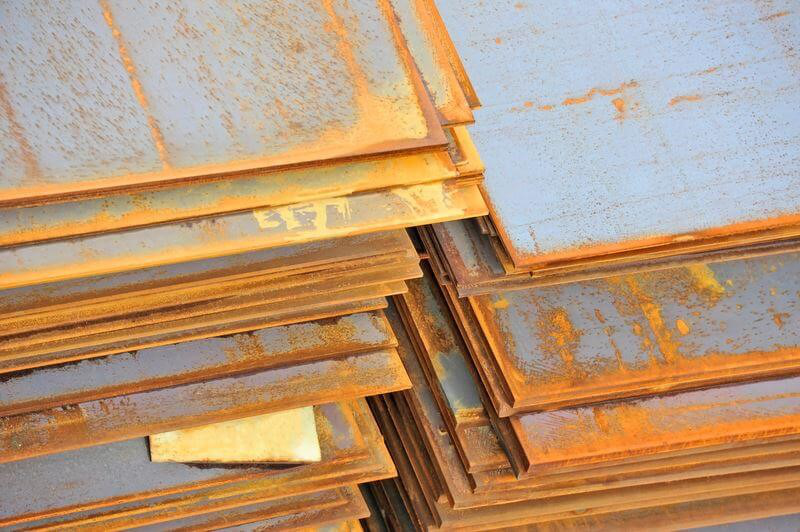
Takeaway: Even with good intentions that meet the requirements of a coating job, any inconsistencies with third-party decisions can eventually lead to coating failure.
Rarely does a coating fail because of only one contributing factor. Rather, it is usually two or more factors working in conjunction that cause a coating to fail on a particular site, when that same coating has performed as expected on other sites.
The following is a graphic example of this premise; it was an actual failure. The names have been redacted to avoid embarrassment to any of the parties involved.
Scope of the Job
Remove old coal tar epoxy coating system on sheet piling in a harbor, and replace it with high solids, high-build, immersion-grade epoxy. (Related reading: Review of Solvent-Free Epoxy Protection for Secondary Containment Concrete.)
The Specification
A reputable engineering firm, with many years of experience in construction and maintenance of municipal and marine facilities, prepared a detailed coating specification that required experienced contractors with a marine background. (For more about the difficulties of a marine environment, see Marine Structures Create Unique Challenges for Third-Party Inspectors.) The specification required the old coal tar epoxy coating to be removed by abrasive blasting to meet the requirements of NACE 2/SSPC-SP10 Near White Blast with an angular profile of 2 to 4 mils (50 to 100μm). The specification listed three approved coating systems, all of which had extensive, successful case histories.
First Contributing Factor to the Coating Failure
The job was awarded to a contractor with extensive marine experience with harbor facilities, but mainly with physical construction activities, including piling placement and welding of harbor structures.
The contractor had worked for this Port Authority before, had performed acceptably, and had good relationships with the Port Authority staff. Unfortunately, his expertise in surface preparation and application of protective coatings was minimal.
Second Contributing Factor to the Coating Failure
The successful contractor sublet the coatings part of the job to a local company with a reasonable background in protective coatings work, but with very little experience in dealing with tidal variances in a harbor. Almost immediately, they ran into problems with the heat of the dry abrasive blasting process softening the old coal tar epoxy, making it a very slow process to get the level of surface cleanliness required by the specification. (Be sure to read Substrate Surface Preparation for Corrosion Prevention to learn how to do it correctly.)
Third Contributing Factor to the Coating Failure
Predictably, the job began to fall behind schedule and the subcontractor looked at options to regain time lost. He attempted to use wet abrasive blasting and power tool cleaning—without success. He looked for acceptable coating systems that could be applied over marginally prepared surfaces, and found one that had a solid track record on industrial projects.
Unfortunately, while the selected coating system had good low-temperature curing capabilities, it had never been applied on pilings subject to immersion by tidal surges in cool to cold weather.
Fourth Contributing Factor to the Coating Failure
The summer weather soon turned into winter weather because the work had slipped behind schedule. Recoat windows were severely affected. Prior to being coated, immersion of surfaces occurred due to tidal changes with the seasons. As a result, delaminating of the newly applied epoxy coating system occurred both between coats and from the bare metal.
Conclusion
This case is a good example of good intentions that met the requirements of the job, but slowly became inconsistent with the requirements of the job by third-party decisions that were based more on relationships than on qualifications.